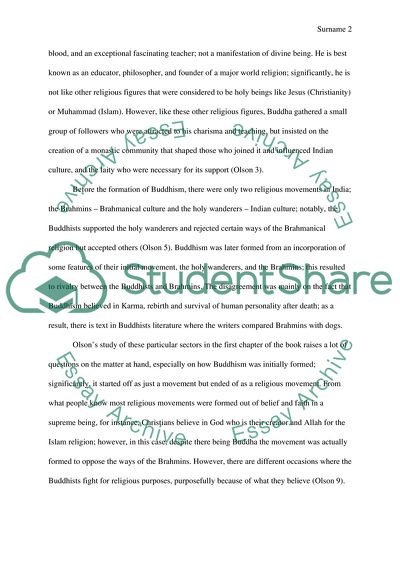Cite this document
(“What is buddhism Is it a philosophy or a religion Essay”, n.d.)
What is buddhism Is it a philosophy or a religion Essay. Retrieved from https://studentshare.org/philosophy/1623617-what-is-buddhism-is-it-a-philosophy-or-a-religion
What is buddhism Is it a philosophy or a religion Essay. Retrieved from https://studentshare.org/philosophy/1623617-what-is-buddhism-is-it-a-philosophy-or-a-religion
(What Is Buddhism Is It a Philosophy or a Religion Essay)
What Is Buddhism Is It a Philosophy or a Religion Essay. https://studentshare.org/philosophy/1623617-what-is-buddhism-is-it-a-philosophy-or-a-religion.
What Is Buddhism Is It a Philosophy or a Religion Essay. https://studentshare.org/philosophy/1623617-what-is-buddhism-is-it-a-philosophy-or-a-religion.
“What Is Buddhism Is It a Philosophy or a Religion Essay”, n.d. https://studentshare.org/philosophy/1623617-what-is-buddhism-is-it-a-philosophy-or-a-religion.


